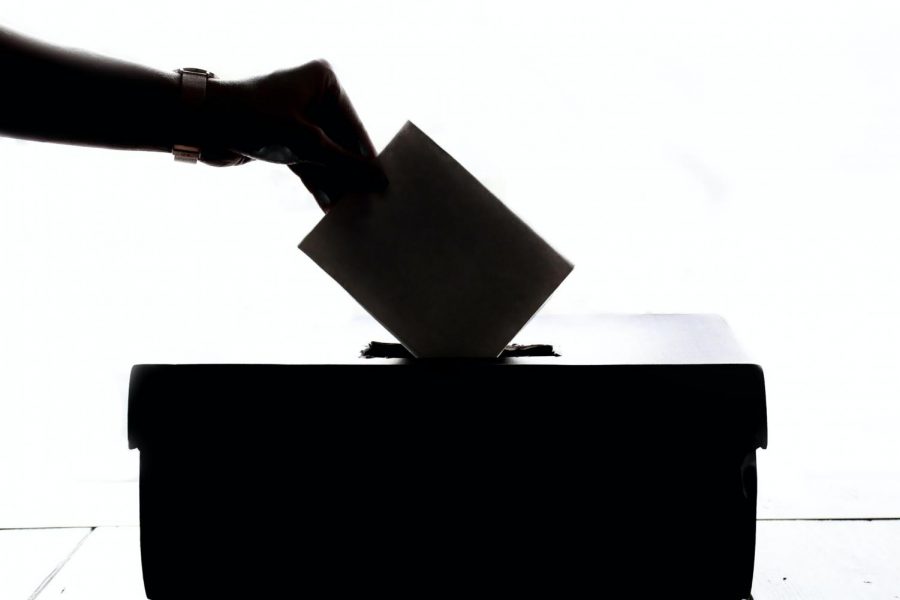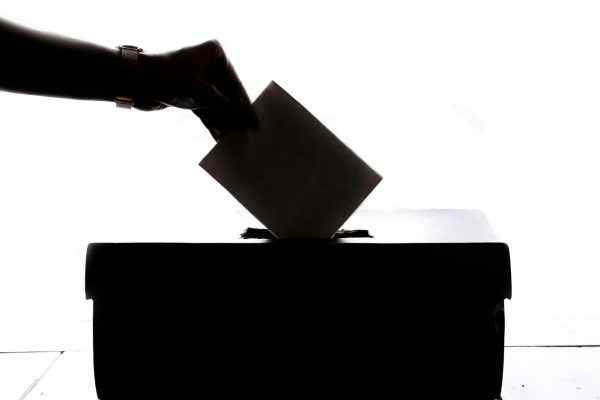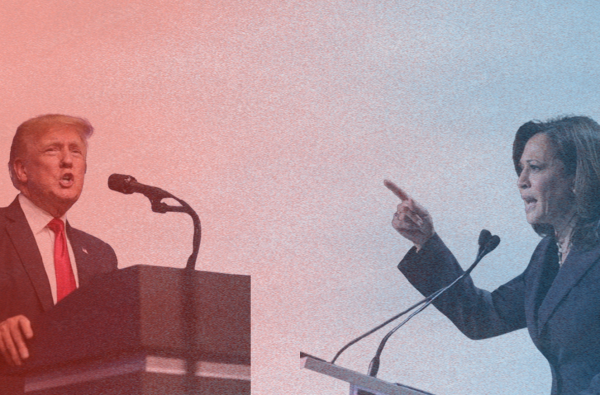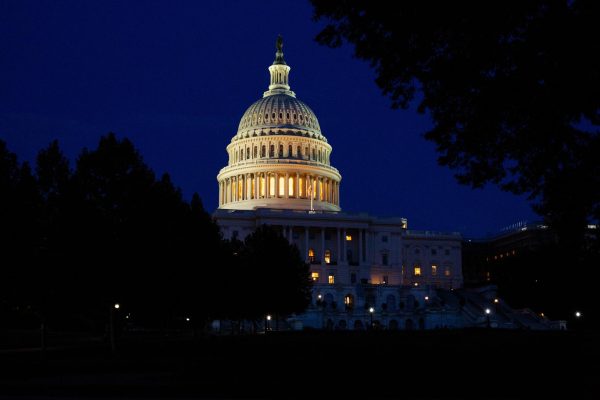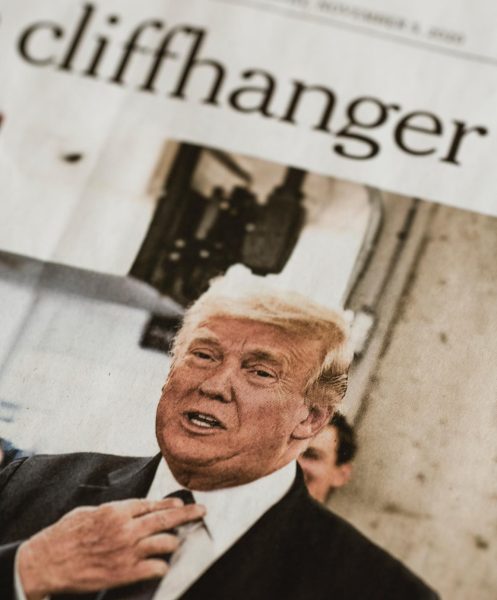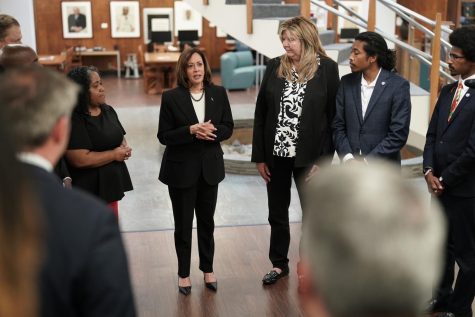The Electoral College is flawed and outdated
It needs to be replaced
The Electoral College mechanism has been in practice since the inception of the United States; however, it has not lacked its critics over the years. With the 2020 election upon us, it is more pressing than ever for the public to realize the flaws of this outdated system.
What is the Electoral College?
The Electoral College is the process used to determine the president of the United States every 4 years. It comprises 538 electoral votes distributed between the states based on population. In each state, a group of electors is chosen by each political party; whichever party wins the state’s popular vote has their electors cast votes for president. The candidate to receive 270 electoral votes first— the majority of the 538 total— wins the presidency.
Flaws of the Electoral College
Although it has been in pace for centuries, the Electoral College is outdated and undemocratic — it does not accurately reflect the voice of the people. Here’s why:
First and foremost, the Electoral College utilizes a “winner-takes-all” system: in most states, all the electoral votes are awarded to the party whose candidate won the state’s popular vote. This provides a blatant disregard for the actual view of the people, as the losing party gets no electoral votes, even in tightly contested races.
The “winner-takes-all system” is especially detrimental when considering swing states because it gives excessive leverage to voters in those states, while allowing millions of votes in uncompetitive states to be wasted. In stronghold states, such as California and Utah, candidates don’t need to worry about their margin of victory because the winner— no matter by what margin— takes all the electoral votes. As Mr. Waxman, an AP United States Government teacher at Oakton, puts it, “If you are in a very Democratic or Republican area, your voice can be drowned out based on the fact that it’s a ‘winner-takes-all’ system.” Meanwhile, in battleground states, like Florida and Ohio, where mere hundreds of votes can sway the election, voters have increased influence— and really, the power to decide the entire presidency.
The Electoral College also provides voters in small states unwarranted, disproportionate power. Since each state is guaranteed at least 3 electoral votes, small, sparsely populated states get more electoral power than they are entitled strictly based on population. In reality, the 4 percent of the United States population in the smallest states are allotted 8 percent of Electoral College votes, meaning they have double the influence as voters in most other states.
Supporters of the Electoral College argue that the 3 electoral vote guarantee helps amplify the voice of voters in smaller states, which would otherwise be overpowered by the masses of voters in larger, more populous states. However, this reasoning is fundamentally flawed because in a democracy, every vote should have equal value— no one vote should be more valuable than another.
Another way that the view of the public is distorted by the Electoral College is that of the over 300 million people in the United States, a mere 538 electors decide who will be president. This opens up a situation for a candidate to win the nationwide popular vote, yet lose the presidency on electoral votes. Mr. Waxman agrees this is an issue, stating that “if you’re winning with less than a majority of the popular vote, that’s problematic.” Such a disparity, in fact, occurred just 4 years ago, in the 2016 election, where Hillary Clinton won the popular vote by more than 1 million votes, but lost the election to President Donald Trump.
Those in favor of the Electoral College argue that the Founding Fathers put the final decision in the hands of electors, and not the public, to safeguard uninformed voters, or “the ignorance of the people. However, this argument is no longer relevant; although in past times the public was largely uneducated and politically unaware, today’s technology allows voters easy access to the necessary information to make informed decisions.
Lastly, the Electoral College allows for the possibility of faithless electors— electors who defect from their pledged party. Although electors have historically voted along party lines, there have been occasions where electors abandon the candidate to whom they are pledged and cast their vote for another candidate. When there are numerous such occurrences in an election, it can create an inconsistency between the public opinion and decisions of the electors and ultimately alter the outcome of the election.
With all things considered, it is clear that the Electoral College is outdated and undemocratic and has many shortcomings that distort the will of the people — it needs to be replaced. The most viable replacement is a plurality vote system, in which the president is elected directly by the people of the United States based on nationwide popular vote. Many academics and politicians agree with this route. In fact, President Donald Trump, who benefited from the Electoral College system in the 2016 election— and would have lost if it were decided based on the popular vote— believes that the president should be chosen by a plurality vote system. In an interview with CBS he stated, “I would rather see it where you went with simple votes. You know, you get 100 million votes and somebody else gets 90 million votes and you win.” Mr. Waxman, an AP United States Government teacher at Oakton, also said that although he would be hesitant to support a nationwide popular vote, he “would support a proportional electoral system,” in which states distribute electoral votes proportionally instead of awarding them all to the winner.



